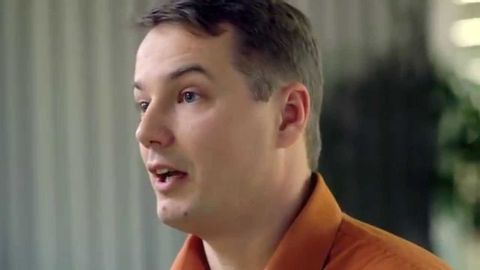Googleの自動運転車プロジェクトの裏側 (Behind the Google Self Driving Car Project)
Johnson が 2021 年 01 月 14 日 に投稿  この条件に一致する単語はありません
この条件に一致する単語はありませんUS /pɚˈspɛktɪv/
・
UK /pə'spektɪv/
US /ˌɑpɚˈtunɪti, -ˈtju-/
・
UK /ˌɒpə'tju:nətɪ/
- n. (c./u.)機会;好機;仕事の機会;ビジネスチャンス
US /ˈbesɪkəli,-kli/
・
UK /ˈbeɪsɪkli/
US /ˈɪmˌpækt/
・
UK /'ɪmpækt/
- n.影響;衝撃
- v.t./i.衝突する;影響を与える;埋伏する
エネルギーを使用
すべての単語を解除
発音・解説・フィルター機能を解除

